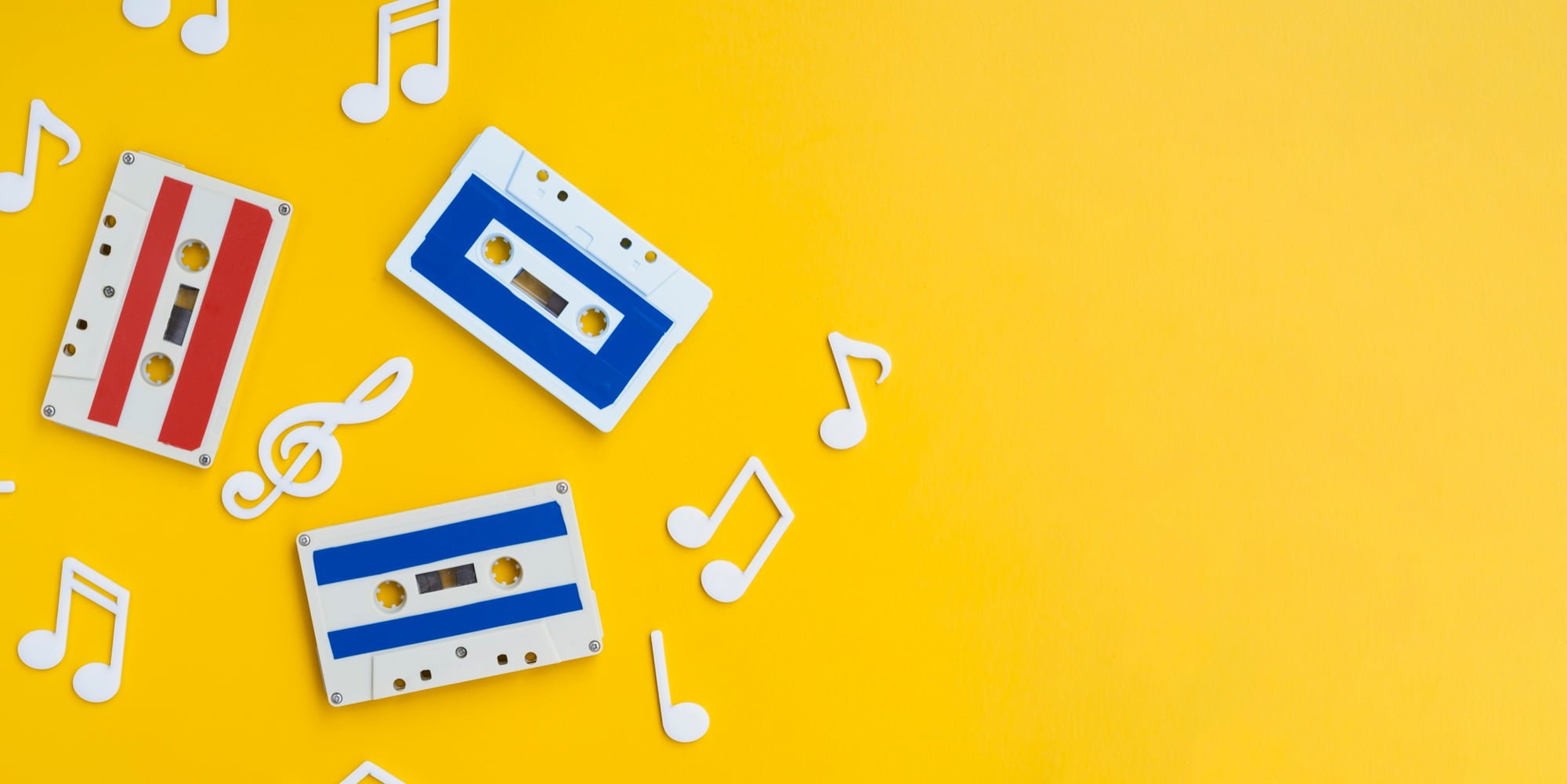In the late of 2018, the dispute on the copyright related to the drawings of the four main characters named Ti, Suu, Dan and Meo in the comic series called “Than Dong Dat Viet” between Mr. Le Linh and Phan Thi Co., Ltd was officially heard at the first-instance court. According to the judgement, the trial panel recognized Mr. Linh (the plaintiff) is the sole artist of the characters and compelled Phan Thi Co., Ltd (the defender) to make a public apology as well as pay the attorney fee for the plaintiff. The decision of the first-instance panel has been remained by the appeal panel.
As the news said, both panels have accepted the request of the plaintiff due to two following arguments:
- Linh is the sole artist of the four main characters because he directly drew these ones on paper, the ideas of Ms. Hanh, the director of the Phan Thi Co., Ltd, was not protected as copyright.
- Although the panels recognized that Mr. Linh was being an employee of the Phan Thi Co. Ltd at the time he drew the characters and this company had the right to make derivative works on the basis of the labor relation, the company and Ms. Hanh violated one of the moral rights of Mr. Linh because of modifying and editing the original works of Mr. Linh.
Who is the artist?
Firstly, the key explanation for the argument number 1 of the panels is the qualifying condition of a work to be protected, which states that a work will be granted a protection at the time it is expressed under a specific material form[1]. In other words, the IP law protects the expression of an idea rather than the idea itself. So, with the interpretation that artist is the person who directly forms the work[2], the conclusion stating that Mr. Linh is the sole artist is reasonable because, based on the evidence and the testimony of both sides, the drawings of the 04 main characters were made and completed by him.
Assuming that Ms. Hanh is a co-artist, then she must be proven that she fulfills the conditions to be recognized as a co-artist as prescribed by the law, which means Ms. Hanh must have evidently co-operated with Mr. Linh to draw the characters[3]. As the matter of fact, the evidence shows that Ms. Hanh only raises her ideas and opinions to Mr. Linh to perform the work, thus, she cannot be considered as the artist or the co-artist of the work under the prevailing regulation[4].
Should an idea be granted copyright protection?
In common sense, “an idea” is intangible and subjective, and it sounds irrational to publicly protect a subject which is unable to be consistently described or expressed its appearance. Obviously, any person may have an idea about, for example “a beautiful girl”, but when it comes to the matter of drawing such idea on a paper, the appearance of the girl drew by a person may not be the same with that of the other. So, here is the problem, if an idea is protected, which “a beautiful girl” idea shall be granted the protection.
In the scope of international law, the Berne Convention defines that ““literary and artistic works” shall include every production in … whatever may be the mode or form of its expression…”[5]. As it may be seen, the Convention clearly states that a work should be expressed in a mode or formed to be protected. Additionally, the IP law of several foreign countries such as United States[6], United Kingdom[7], Australia[8], … prescribes that a work shall only be granted copyrights if it is expressed in a material form.
Who is the owner of the copyrights?
Pursuant to the law on intellectual properties, “artist” and “the copyright owner” are two separate term because the owner of the copyrights, in addition to the artist, may be the organization who assign the artist to create the work (the relation between the artist and the organization is the labor relation).[9] Therefore, due to the fact that there was a labor contract between Mr. Linh and Phan Thi Co., Ltd and this company assigned Mr. Linh to draw the characters for the comic series, Phan Thi Co., Ltd is also recognized as an owner of the copyrights to the characters, in addition to Mr. Linh, which results in the right of the company to make derivative works from the original ones of Mr. Linh[10]. This explains why the judgements of the panels determine Mr. Linh is “the sole artist” rather than “the sole owner of the copyrights.
However, based on the set of evidence provided by the plaintiff and defender, the panels realized that the derivative works of Phan Thi Co., Ltd violated the integrity of the original appearances of Ti, Suu, Dan, Meo[11] because there are differences in the charisma, the drawn strokes and other angels of the characters between the originals and the derivative works. Hence, the panels have compelled Phan Thi Co., Ltd not to produce derivative works. In practice, it is difficult to determine whether or not an original is violated its integrity to the level that the honor and reputation of the artist is harm, because no benchmark is provided for such determination. The best way to choose where there is a dispute is to empower a specialized agency such as Copyright Office to examine and decide whether or not a derivative work violates the integrity of its original, and such decision shall be a legal basis for the final judgement of the Court.
In conclusion, in the case Le Linh v. Phan Thi Co., Ltd. the arguments and the judgements of the first-instance and appeal panel are in compliance with the prevailing regulations on intellectual properties. Besides, it is essential for Vietnamese creators to take the application for the recognition of the copyright into a serious consideration at the time the work is formed.
If you have any questions or require any additional information, please contact Apolat Legal – An International Law Firm in Viet Nam.
This article is for general information only and is not a substitute for legal advice.
[1] Clause 1 Article 6, Law on Intellectual Properties 2005.
[2] Clause 1 Article 6, Decree No. 22/2018/ND-CP.
[3] Clause 2 Article 6, Decree No. 22/2018/ND-CP.
[4] Clause 3 Article 6, Decree No. 22/2018/ND-CP.
[5] Article 1.1 of the Berne Convention.
[6] Article 102 Copyright Act of United States.
[7] Article 4(2)(a) Patents, Designs and Copyrights Act.
[8] Australian Copyright Council, “An Introduction to Copyright in Australia”
[9] Article 13 Clause 1 and Article 39 Clause 1, Law on Intellectual Properties 2005.
[10] Article 30 Clause 1 and Article 20 Clause 1, Law on Intellectual Properties 2005.
[11] Article 19 Clause 4, Law on Intellectual Properties 2005.





































